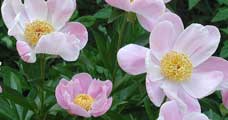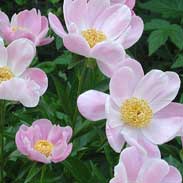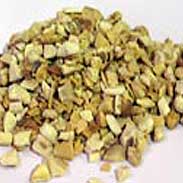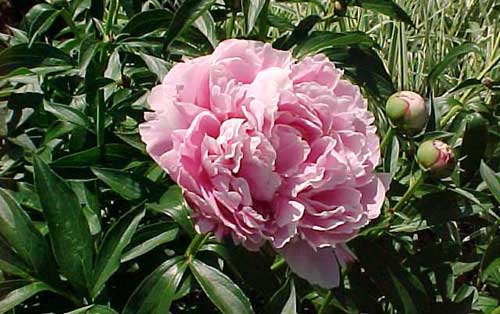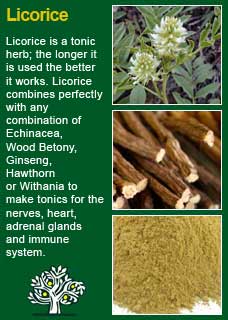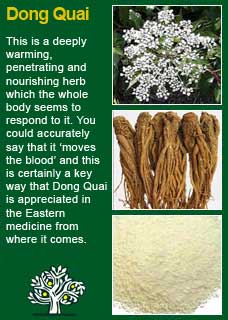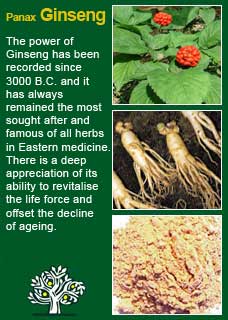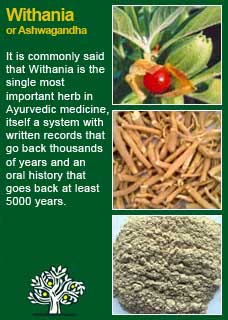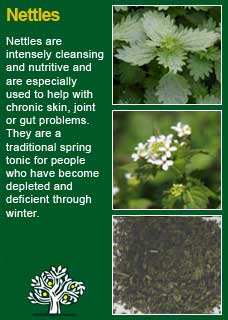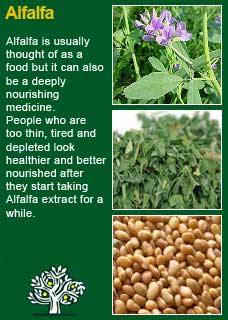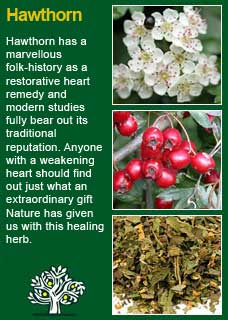
|
|
||||
| Our Pages ABOUT CONSTITUTIONAL MEDICINE
|
In herbal medicine we use the roots of the white Peony. Peonies grow to about a meter, have large leaves up to 20cm long and usually produce abundant numbers of, large, many-petalled flowers.
Peonies come from the Far East so not surprisingly they figure strongly in the cultures of Chinese, Tibetan and Siberian folk medicine. Peony has been used for many centuries as a pain-relieving, cleansing and cooling herb and uses recorded for Peony from these systems include cleansing the blood, relaxing tense muscles and cramps, regulating women’s hormonal based problems, helping treat fevers, as an antiseptic wash for wounds and for the ‘falling sickness’ (epilepsy). J. Heinemann writes 'Peony root is very popular in Chinese medicine. It is used to alleviate the pain and swelling of traumatic injuries and to clear away congealed blood resulting from serious bumps or bruises. It is useful in the early stages of abscesses, boils and carbuncles' Peony has been regarded as a general tonic at least as much as a remedy for sickness; an old Chinese saying goes that ‘a woman who takes Peony root daily will become as beautiful as the Peony flower itself’ Modern herbal medicine has focused on Peony as a hormonally active ‘women’s herb’. It has been seen to be helpful for polycystic ovarian syndrome and a medicine that helps balance the menstrual cycle in general.
~ Peony's family name Paeonia, is named after the mythical Greek god of healing, Paeos, who used Peony Root to heal Pluto of his wounds from the great Trojan War. ~ Paeos himself is said to have received the plant on Mount Olympus from the mother of the god Apollo. ~ In ancient times it was thought to be of divine origin, an emanation from the moon, and to shine during the night protecting shepherds and their flocks and also the harvest from injury, driving away evil spirits and averting tempests.
~ Andrew Chevallier writes 'Peony has significant anti-inflammatory and antispasmodic properties, and preclinical research indicates that its traditional uses for problems such as rheumatoid arthritis is justified. Paenoniflorin, the constituent thought to be most responsible for these effects, is also thought to lower blood pressure and support blood flow to the heart' ~ Chevallier also writes that 'Peony has a hormone-balancing activity that helps to reverse the symptoms of polycystic ovarian syndrome (PCOS), which include irregular menstruation and infertility. In combination with Licorice root, it has been shown to support regular ovulation and to lower the raised testosterone levels that typically occur in PCOS' ~ The authors, titles and the 'where-and-when' published of nearly 80 further studies and articles on Peony are listed in a PDF found here
For some years now, against this proven and safe way of herbalism, there has been a rising tide of excessive caution and scare-mongering in many parts of the world. The same authorities that, not so long ago, decried herbal medicines as ineffectual, have now taken up a different adversarial position; that they are dangerous substances that should only be prescribed by Doctors, who of course have zero training in them. Unfortunately, the same unnecessary fear and worry has crept into many natural health websites and popular publications on herbs. Herbs that we have safely used for thousands of years, that have no reports of adverse reactions in the medical literature despite widespread use by millions of people, are suddenly described as contraindicated because of something that should have been seen as completely unimportant, or at the utmost a merely theoretical concern, such as a laboratory study on one of the herb's constituents to use an all too common example. I wonder sometimes if the writers of such articles feel that the herb will be more deserving of respect if it is thought to be a little bit dangerous, in other words more like a drug than something that has simply come out of the earth and been used by ordinary people for generations beyond count. There is just so much misinformation about herbal medicine on the internet now. Ludicrous claims and cautions abound in equal measure; it seems like one group are trying to make money out of the public whilst the other are busily trying to scare them off. I have to believe that the kind of reader who takes the time to read pages on herbs that are as extensive as this one is much less likely to be swayed by marketers or misinformers. I hope that you will keep your wits about you if you get conflicting opinions from people who have never really got to know these herbs, who have never worked with them, or learned how to use them safely and effectively. I want to remind you that the reason that herbs can never be patented and owned by any individual or corporation is because they are, and always will be, the People's medicine. They belong to all of us and it is my great hope in sharing this work that you will learn how to use them wisely for yourself, and the people you care for. Be safe, but do not be afraid.
I think of Peony as a vibrant, health-giving herb, a true 'root' medicine, that provides the kind of nourishing support that only gets deeper when given time to work. Peony's taste and aroma is a little sweet, evocative, and multilayered. This complexity in its taste gives some clues about how it acts in more than one way in the body. Tonifying and nourishing, but also somewhat cleansing and hormonally activating. Like the flowers of the Peony itself, the colour of the extract or the decoction of the herb is very light, but there is a deceptive strength underneath its gentle appearance; this is root medicine, it gets in deep! In my own practice, much of my use of Peony has been for women who have congestive or inflammatory conditions with hormonal imbalances. Examples that reflect this include things like endometriosis, fibroids, polycystic ovarian syndrome, dysmenorrhoea (painful periods) and menorrhagia (heavy periods). For such conditions, it may be necessary to use Peony in quite high doses over reasonably long time frames to be confident of receiving its benefits. With exceptions for size and sensitivity, this might equate to at least 5 or 6 mls of its tincture in a day, sometimes even more. If using it in its traditional method of decoction, a good 2 full tsps should give at least 10 grams of the herb and this might be how much would be needed to see it having a sure benefit. If I felt confident that Peony was the right herb for the woman for whom I was treating a chronic condition but that she was not responding as we had hoped, I would not hesitate to use twice these amounts. 10 or 12 mls of the tincture in a day or It is not hard, or expensive, to decoct 3 or 4 heaped tsps of Peony into a daily tea, where the roots were simmered for a good 15-20 minutes in a litre of so of water, this strained and drunk in at least two divided doses over the day. Such a dose, 3 or 4 heaped tsps, of Peony would equate to at least 20 grams of the herb and this would be an entirely safe amount to take over the course of a day. Let me be clear that some women will need much less than that to achieve an obvious shift in their condition, but I want to make the point that if someone tries it and feels it has not done anything, that they first need to ask if they have taken anywhere near the amount that they might need to get the help this herb can give. Instead of, or alongside, a physical condition marked by congestion or inflammation, there can sometimes be much to gain from using Peony in a more subtle manner, especially to influence the hormones in a more gentle, energetic manner. There is an evocative feminine quality to Peony that can bring forth a 'Yin' cooling and sweetening quality for a woman who has swung too far into a hot, overly 'Yang' state. Peony does not contain oestrogen or anything of the sort, but it may help to reduce excess testosterone and help with such symptoms as irritability or unreasonable feelings of aggression. For such an intention, a much smaller dose of Peony may be even better than a larger amount; which is a paradoxical aspect to many of our potent, nervous system and hormonal system herbs, whereby less can be more. Here,just as little as a ml, or 20 drops, twice a day, may slowly but surely help to bring about a healing and balancing shift. It's complex, and in such cases, and particularly when we are using it as a hormonally active medicine, it can be wise to first ask the body whether this is a remedy that will suit it well. To achieve this, the ancient art of pulse testing, a simple but powerful way to ask the intuitive intelligence of the body for its responses to a herb by feeling the pulse whilst giving a tiny dose by mouth is discussed in practical detail here The length of treatment with Peony can be just as important as getting the right dose with it. Don't be disappointed if nothing happens in the first few weeks of using it. Some women respond to it quickly, and it was certainly used as a high-dose fast-acting medicine in the past, but I think it may need to be taken for at least a few weeks to see if it can genuinely help. Like most of our deep-acting tonic herbs, Peony is a medicine that will have an accumulative effect, in other words, the longer it is taken the better it will work. Peony combines perfectly with other such important tonic herbs such as Licorice root, Dong Quai, Withania, Ginseng, Nettles, Alfalfa and Hawthorn.
Much of the information here about the traditional uses of Peony is consistent with the model of thinking whereby one may treat problem A with plant B. There is value in this approach, especially in how it helps us pass on useful knowledge to one another, but it falls short in one vital area; and that is that people are not all cut from the same cloth! Something that works brilliantly for one person may do less for another -- why is this? Part of the reason is that people vary in their constitutions as to whether they are either hotter or cooler and, at the same time, either dryer or damper. This useful and rather fascinating subject is introduced further here Another big part of using the right herb when it is most needed comes from understanding the need to treat what is going wrong for the person that had led up to their getting a health condition. In this light, Peony can particularly offer its benefits when a nourishing action is needed in the 'cycle of healing', more about this here
Please understand that I cannot advise you, including on products or dosage, without seeing you in person in my clinic but for ideas
on how you might find a good herbalist in your area read here |
|
|
© 2011 R.J.Whelan Ltd
